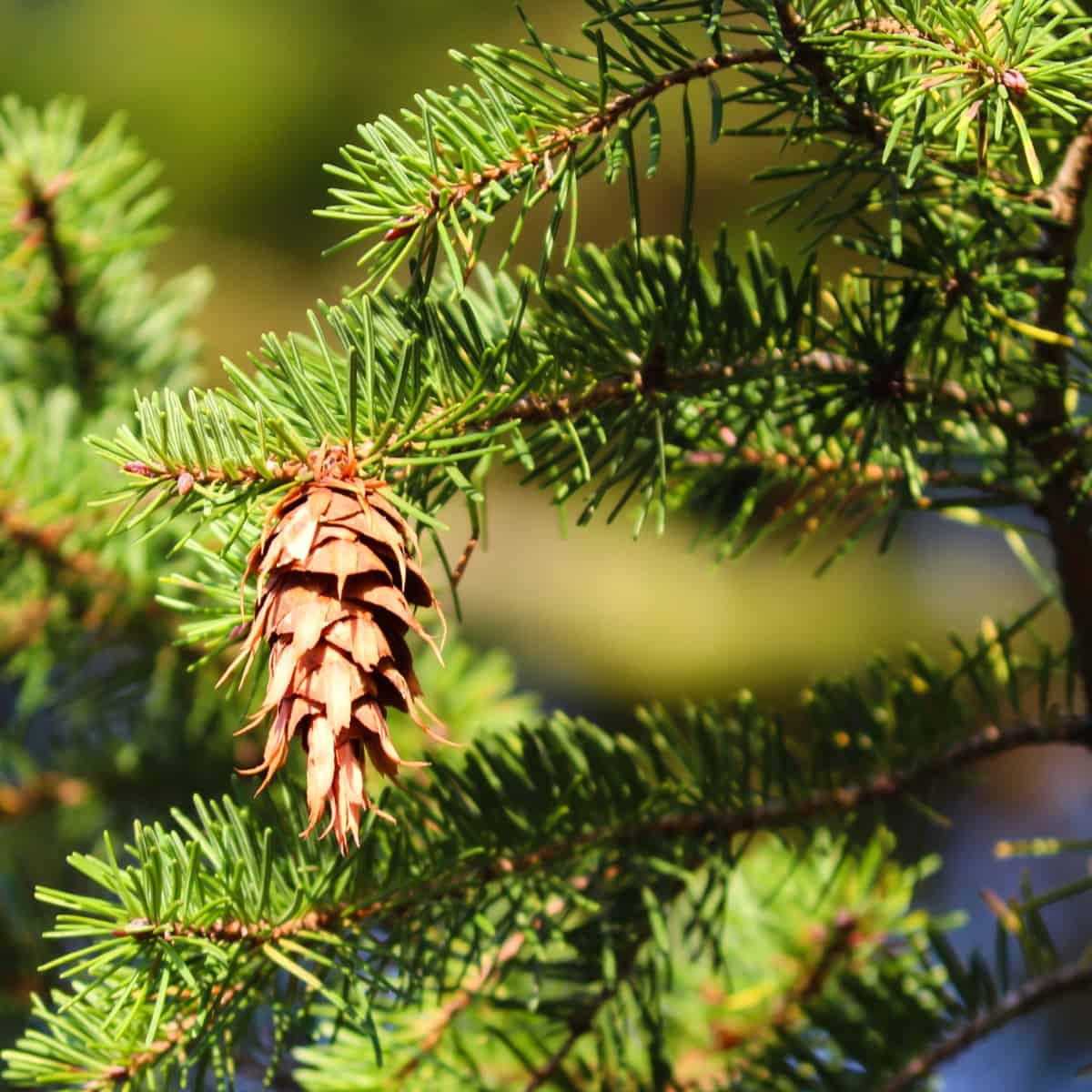The conifers, division Pinophyta, also known as division Coniferophyta or Coniferae, are one of 12 extant division-level taxa within the Kingdom Plantae (Viridiplantae) and 10 within the extant land plants. Pinophytes are gymnosperms, cone-bearing seed plants with vascular tissue.
All extant conifers are woody plants with secondary growth, the great majority being trees with just a few being shrubs. Typical examples of conifers include cedars, Douglas-firs, cypresses, firs, junipers, kauri, larches, pines, hemlocks, redwoods, spruces, and yews.

In this post we'll cover:
Types of Conifers
While conifers such as pine, spruce, and cedar are known for their high sap content and funny taste, there are some types of conifers that can be a good choice for smoking. In this section, we’ll explore the different types of conifers and which ones are best for smoking meat.
Evergreen Conifers
Evergreen conifers are a popular choice for smoking meat because they produce a strong, smoky flavor. Some of the most popular evergreen conifers for smoking include:
- Douglas Fir: This conifer is known for its lightweight and strong wood, making it easy to work with. It produces a sweet, fruity smoke that is perfect for smoking pork and poultry.
- Hemlock: Hemlock is a popular choice for smoking salmon because it produces a mild, sweet smoke that complements the flavor of the fish.
- Juniper: Juniper produces a strong, pungent smoke that is perfect for smoking game meats like venison and elk.
Needle-Bearing Conifers
Needle-bearing conifers are a type of conifer that should be avoided, like:
- Pine: Pine can produce a bitter taste.
- Spruce: Spruce produces a strong, resinous smoke.
- Cedar
Why Conifers Are Not Suitable For Smoking Meat
When it comes to smoking meat, the type of wood you use can make or break the flavor of your meal. While coniferous woods like pine, spruce, and fir may seem like a natural choice for smoking, they’re not recommended for a few reasons. Softwoods or coniferous woods have elevated sap levels and more air in their cell structure, causing the wood to burn fast, hot, produce lots of sparks, and emit unpleasant flavors not ideal for flavoring foods. This can cause your meat to turn black and bitter quickly, ruining your meal.
Conifers Produce Unpleasant Flavors and Poisonous Smoke
Conifers are not only unsuitable for smoking meat because of their burning properties, but also because of the unpleasant flavors they produce. The sap in coniferous woods can cause the smoke to emit a poisonous gas, which can be harmful to your health. Additionally, the smoke from conifers can cause your meat to have a bitter taste and emit unpleasant smells.
Recommended Woods for Smoking Meat
Knowing the requirements for smoking meat is important to consider before adding any type of wood to your list. Some of the most widely used and recommended woods for smoking meat include:
- Oak: Provides a rich, smoky flavor that is ideal for beef and pork.
- Alder: Adds a fruity and delicate flavor that is perfect for fish and poultry.
- Hickory: Adds a strong and robust flavor that is ideal for beef and pork.
- Mesquite: Provides the strongest and most savory flavor that is best replicated with beef and game meats.
- Sycamore: Adds a fine and solid flavor that improves the juiciness of your meat.
Why Resinous Wood Leaves Cancer-Causing Carbon Deposits
When it comes to smoking meat, the type of wood you use can make all the difference. While hardwoods like oak and hickory are popular choices, some people turn to softwoods like cedar for their distinct flavor. However, using resinous wood for smoking can be dangerous.
Cancer Risk: The Reality
Resinous wood, like cedar, contains high amounts of resin. When burned, this resin reacts with oxygen and creates smoke that contains carcinogens. These carcinogens are then deposited onto the meat, increasing the risk of cancer for those who consume it.
Smoke Deposits: The Consequence
The amount of smoke deposited onto the meat depends on the type of wood used and how long it is smoked. Resinous wood produces more smoke than hardwoods, and the longer the meat is smoked, the more smoke is deposited. This means that using resinous wood for smoking can result in higher amounts of cancer-causing deposits on the meat.
Burning Resinous Wood: The Problem
The problem with using resinous wood for smoking is that it burns differently than hardwoods. Resinous wood burns at a lower temperature, which means it takes longer to smoke the meat. This extended smoking time increases the risk of carcinogen deposits on the meat.
Conclusion
So, is conifer good for smoking?
It all depends on the type of conifer you’re using. So, don’t be afraid to experiment and find out which conifer is best for you!
